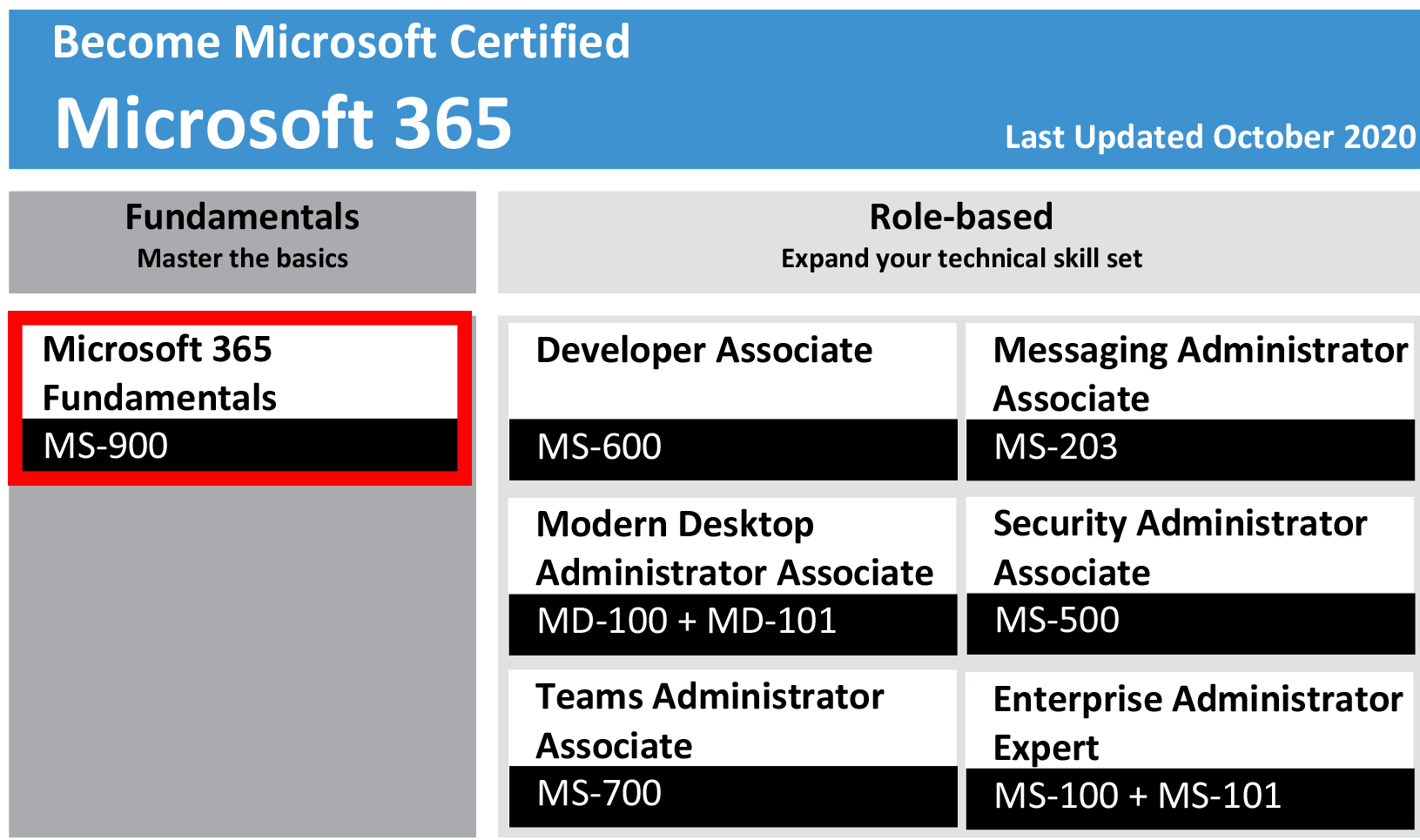


Power BI can be accessed through a web browser, mobile device, or desktop application and integrated with other Microsoft tools like Excel and SharePoint. It allows users to connect to multiple data sources, clean and transform data, create custom calculations, and visualize data through charts, graphs, and tables. It provides interactive visualizations and business intelligence capabilities with an interface simple enough for end-users to create reports and dashboards. Power BI is a business analytics service by Microsoft. It can create a wide range of different visualization to present the data and showcase insights interactively.

While Tableau is a powerful Business Intelligence tool that manages the data flow and turns data into actionable information. Power BI is a business analytics service provided by Microsoft that can analyze and visualize data, extract insights, and share it across various departments within your organization. Let's jump on to the significant differences between Power and Tableau and help you overcome some of the challenges. Often learners, practitioners, and researchers come into a dilemma to decide which one of the tools they should learn or use in their work. They help you perform data analysis, data manipulation, and data visualization to make sense of business data and draw insights. Power BI and Tableau are two important Business Intelligence (BI) technologies for the collection, integration, analysis, and presentation of business information.


 0 kommentar(er)
0 kommentar(er)
